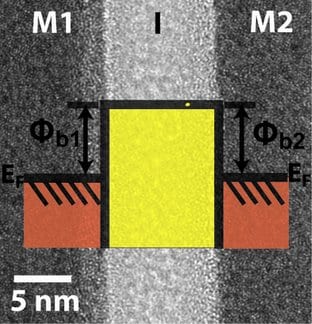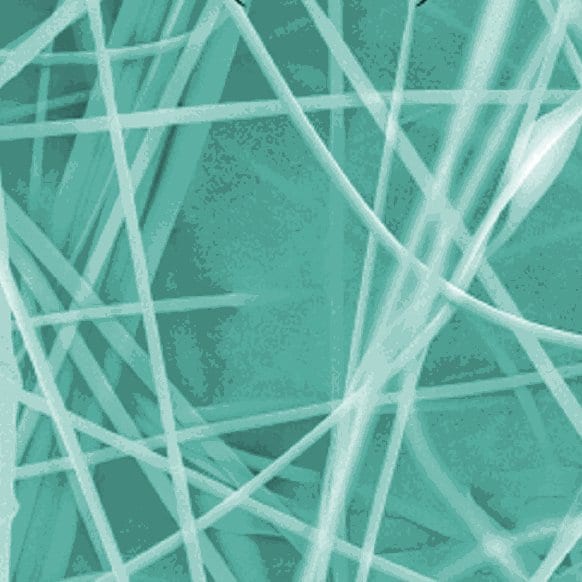Nanotubes whose properties alternate with nanometer precision can be made by a simple electrochemical process, show German scientists.
Fluorographene: The World’s Thinnest Insulator
The remarkable properties of graphene and Teflon have been combined in a new material by the winners of this year’s Nobel Prize for Physics.
Prof. Taeghwan Hyeon on 'Silica based intelligent nanoparticle systems'
Progress towards multifunctional biomedical applications for silica-based nanoparticles is described by Prof. Taeghwan Hyeon
What can Nanochemistry do for Photonic Metamaterials?
Professor Geoffrey Ozin gives us his thoughts on nanochemistry and photonic metamaterials.

New Diodes (Quantum) Tunnel Their Way To Improved Electronics
Researchers at Oregon State University develop cutting edge metal-insulator-metal diodes, harnessing quantum tunneling of electrons to increase performance of electronics.
Nano Silicon Samurai?
Welcome to one of our guest columns, where active researchers can share their views on topics relevant to materials science. Professor Geoffrey Ozin from the University of Toronto tells us what he thinks about nanoscale silicon and its future. One thing that has...

MaterialsViews Interviews: Andrey Rogach
We speak to Andrey Rogach, nanocrystal expert and Professor at the Physics and Materials Science Department, City University of Hong Kong.

The Cheap Approach: Manipulating Polymer Nanofibers with Inexpensive Salts
Optimum operational parameters have been obtained for fabricating electrospun PVA fibers.

Nanoplasmonics – Teaching an Old Dog New Tricks
A recent concept article gives a round-up of how nanoplasmonic technology can be employed to control optical properties by use of appropriately shaped nanostructures.
Rogach, Talapin and Shevchenko on 'Organisation of Matter on Different Size Scales'
Prof. Andrey Rogach, Prof. Dmitri Talapin and Dr. Elena Shevchenko look back on 10 exciting years of nanocrystal superstructures.










